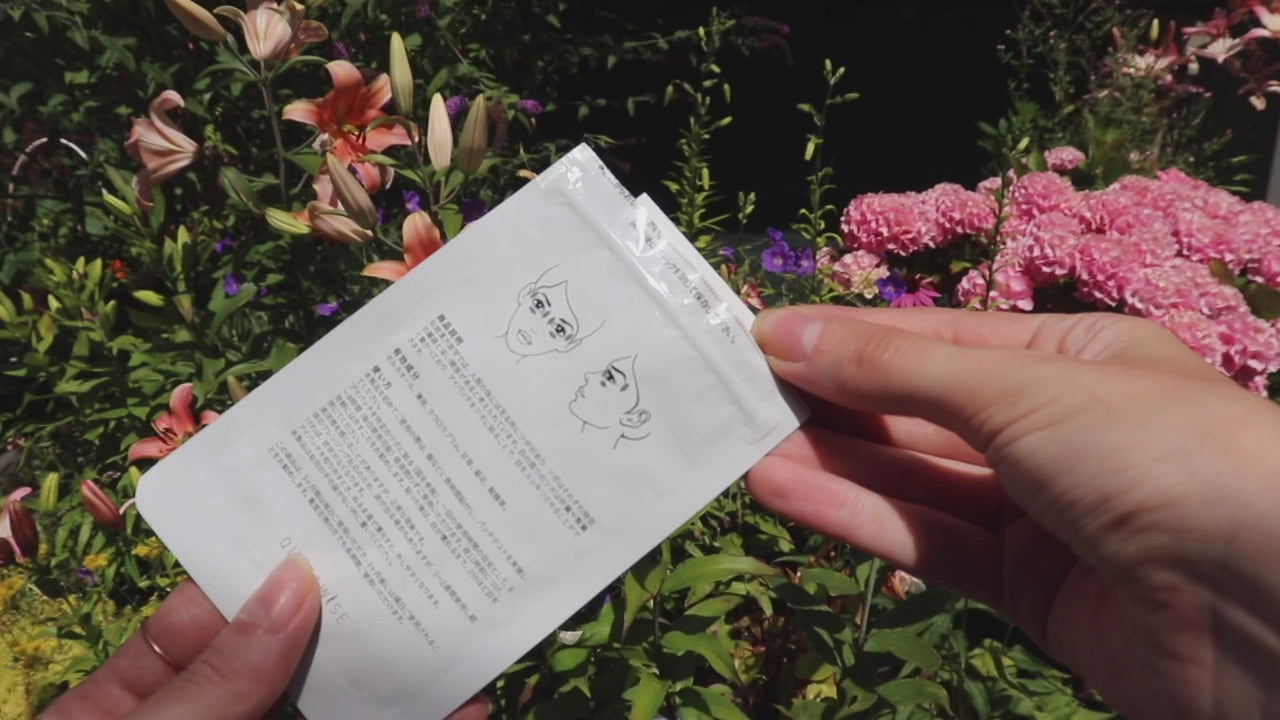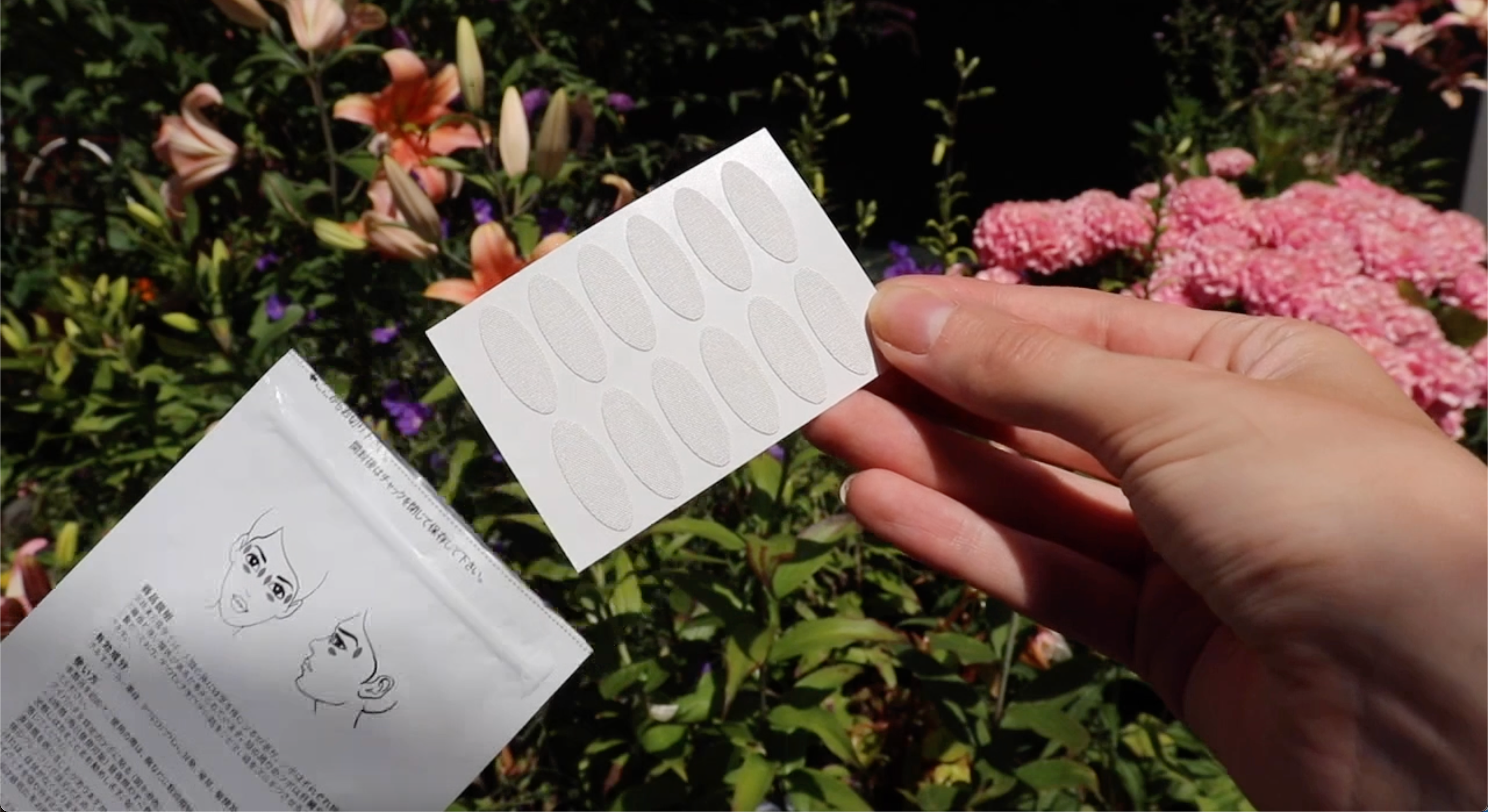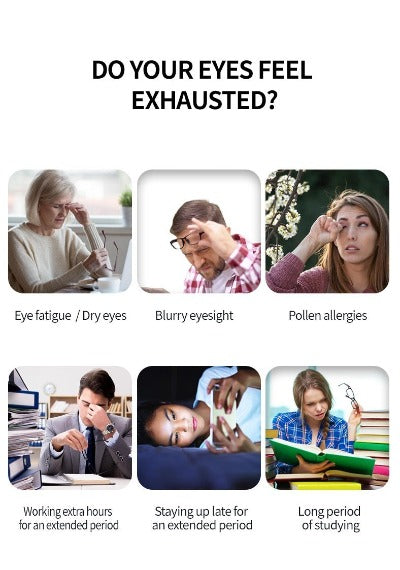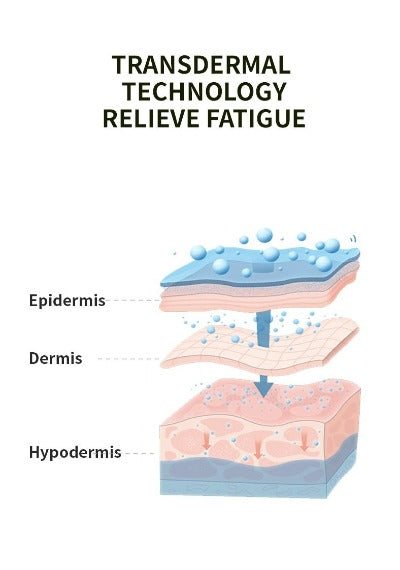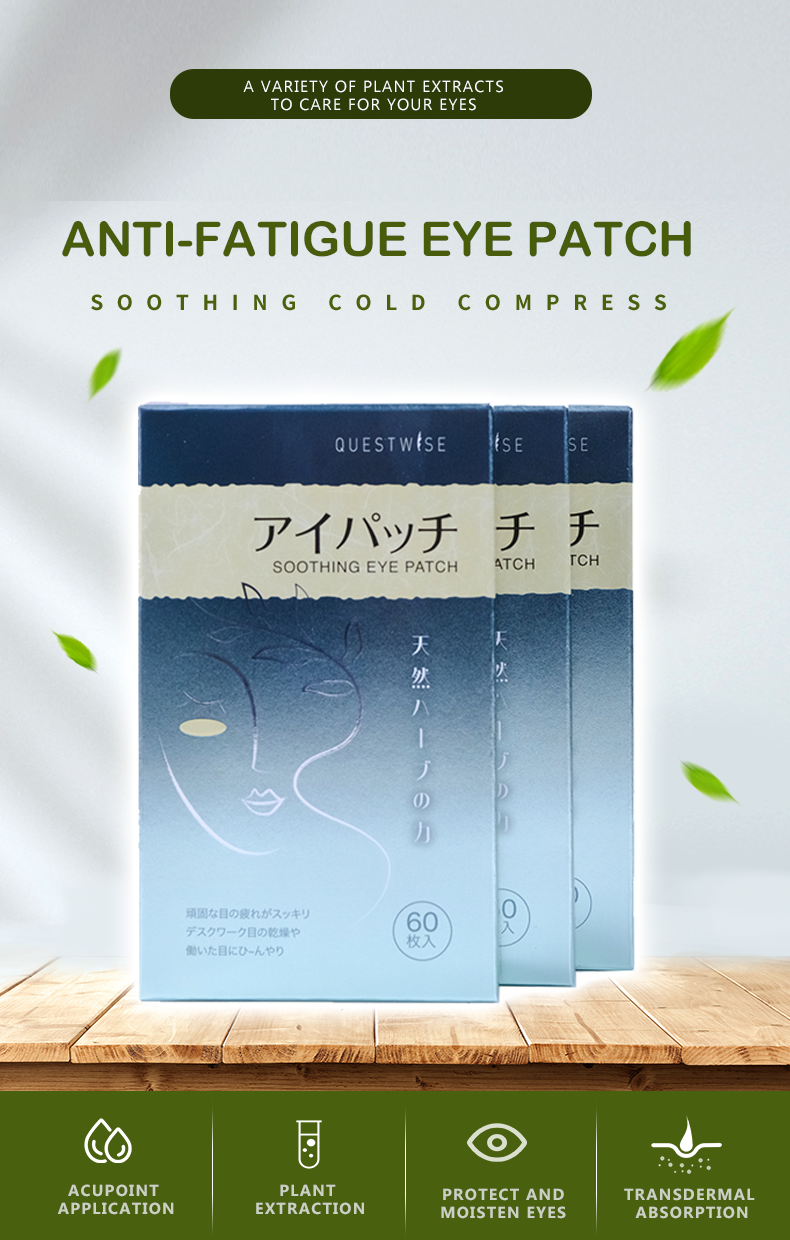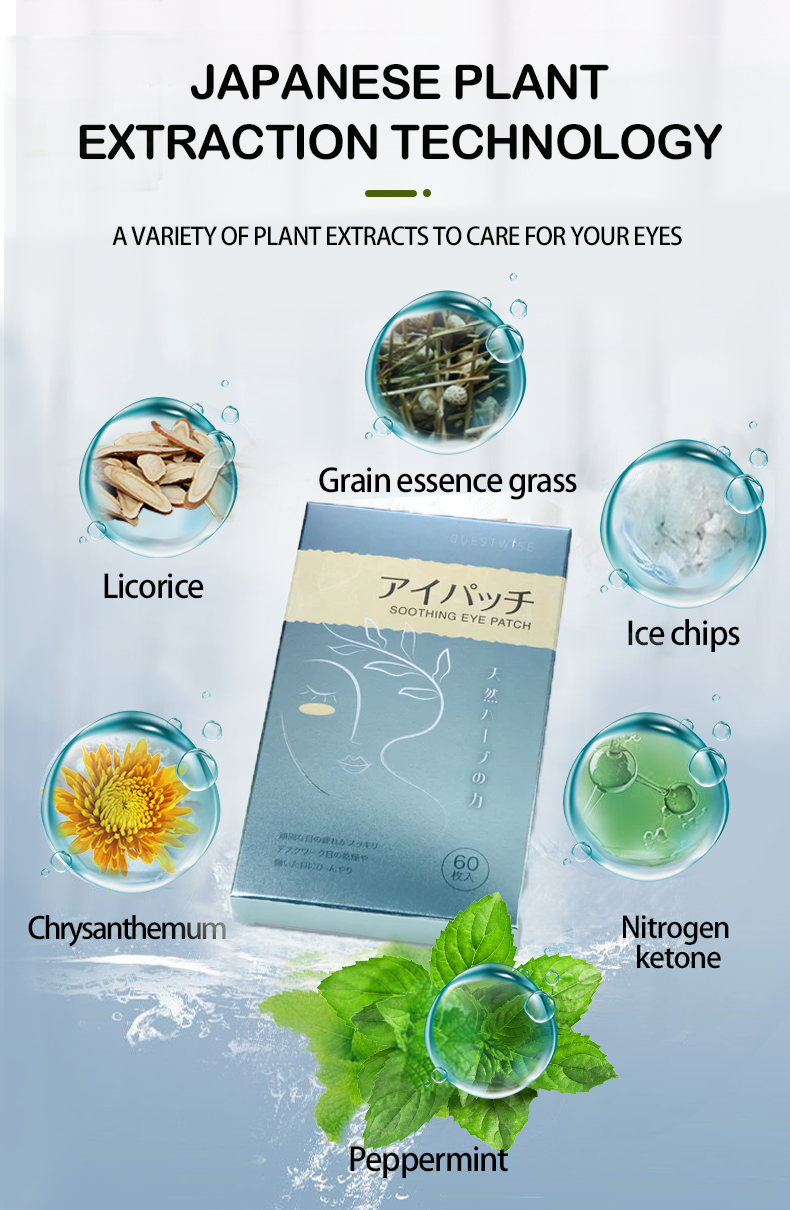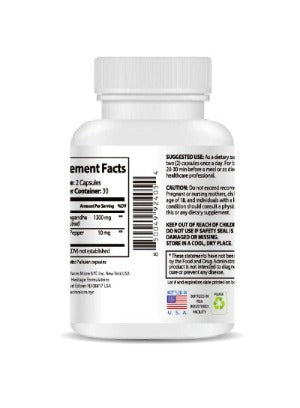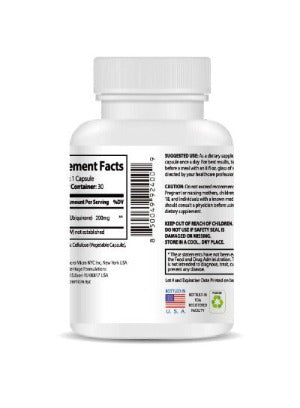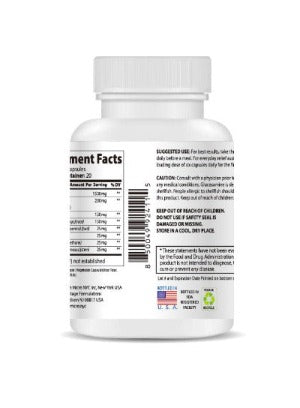High Eye Pressure: Symptoms You Should Never Ignore
High eye pressure, also known as ocular hypertension, is a condition where the fluid pressure inside your eyes is higher than normal. This pressure, measured in millimeters of mercury (mmHg), plays a vital role in maintaining the health of your optic nerve and the overall structure of your eyes. While elevated eye pressure doesn't automatically equate to glaucoma, it's a significant risk factor and a leading cause of this sight-threatening disease. The silent nature of high eye pressure is particularly concerning; many individuals live with elevated pressure for years without noticing any noticeable changes in their vision. This underscores the critical importance of regular comprehensive eye exams, even if your vision seems perfectly fine. The consequences of ignoring the symptoms can be devastating, potentially resulting in irreversible vision loss and significantly impacting your quality of life. Early detection and intervention are key to preserving your eyesight and overall well-being.
The subtle and often gradual onset of high eye pressure makes it particularly challenging to identify. Many people initially experience no changes in their vision, leading to delayed diagnosis and treatment. However, as the pressure inside the eye continues to rise, various symptoms may start to manifest. These changes, often dismissed as minor inconveniences or normal signs of aging, can be crucial indicators of an underlying issue that demands immediate medical attention. Let's explore the common warning signs in greater detail.
Understanding the Subtle Symptoms of High Eye Pressure
While high eye pressure may initially be asymptomatic, making early detection difficult, certain subtle signs and symptoms often appear as the condition progresses. It's essential to understand that not everyone will experience all of these symptoms, and their severity and frequency can vary. However, any noticeable changes in your vision or eye comfort necessitate a thorough examination by an ophthalmologist.
- Gradual and Insidious Vision Loss: This is arguably the most concerning symptom of high eye pressure. The vision loss associated with this condition is typically gradual and insidious, meaning it develops slowly over time, often making it difficult to notice until it has progressed significantly. You may experience blurry vision, especially in low-light settings. A decline in peripheral vision (side vision) is another common symptom. Initially subtle, this loss of peripheral vision can become increasingly noticeable as the condition worsens. Difficulty with night vision is often a significant early indicator of high eye pressure. These changes are frequently mistaken as age-related changes but can signal an underlying problem requiring urgent attention.
- Persistent Eye Discomfort and Pain: Continuous aching, throbbing sensations, or a persistent feeling of pressure in your eye are significant warning signs. This discomfort is often described as a dull ache or heaviness, rather than a sharp, intense pain. The discomfort might initially be intermittent, becoming more frequent and intense as the pressure increases. The pain can spread to your forehead or temples. Any persistent eye discomfort warrants a visit to your ophthalmologist.
- Recurring Headaches: Frequent headaches, especially those coupled with nausea or vomiting, should never be disregarded. While headaches can result from various causes, persistent headaches, particularly those concentrated around the eyes and temples, deserve prompt medical evaluation. Headaches associated with high eye pressure are often described as dull, persistent, and may worsen with physical exertion or extended periods of eye strain. Ignoring these headaches might delay critical diagnosis and treatment.
- Noticeable Redness or Swelling: While eye redness and swelling can arise from various factors such as allergies or infections, their occurrence alongside other symptoms mentioned above is a cause for concern. Redness might appear in the whites of your eyes (sclera) or involve the surrounding eyelid tissues. Swelling can manifest as puffiness or bags under your eyes. If this occurs in conjunction with vision changes or eye pain, prompt medical attention is crucial.
- Halos or Rainbows Around Lights: Seeing halos or rainbows around lights, especially at night, is a potential symptom indicative of changes in the shape and curvature of the cornea. These changes often relate to increased intraocular pressure. The halos may appear as blurry circles or rings surrounding bright light sources. This visual phenomenon warrants immediate medical evaluation.
- Persistent Eye Redness: Prolonged redness in your eyes beyond what's typical for allergies or irritation may indicate underlying issues, including increased intraocular pressure. The redness might be accompanied by a gritty or sandy sensation.
Taking Action: Seeking Professional Help
If you experience any of the symptoms described above, seeking professional medical care is paramount. Early detection and intervention are key to preventing irreversible vision loss. Delaying treatment can have severe consequences. Your ophthalmologist will conduct a comprehensive eye exam to evaluate your intraocular pressure and determine the cause of your symptoms. Specialized instruments like a tonometer will be used to accurately measure the pressure within your eye. Early diagnosis empowers prompt treatment, potentially preventing or significantly slowing the progression of vision-threatening conditions.
Supportive Measures for Eye Comfort
While immediate medical attention is essential for managing high eye pressure, you can take steps to alleviate eye discomfort and support overall eye health. Incorporating healthy habits and utilizing products designed to soothe and comfort the eyes can play a beneficial role in your overall well-being. Wise Quest Soothing Eye Patches offer a natural approach to relieving eye fatigue, dryness, astringency, redness, and swelling. Infused with the power of traditional Chinese herbal medicine, these patches help promote healthy blood circulation and reduce eye discomfort. They are a valuable tool to help manage some of the symptoms while you're under professional care.

It's crucial to remember that while these patches offer soothing relief, they aren't a substitute for professional medical care. They serve as a complementary approach to managing discomfort, but timely diagnosis and treatment from an ophthalmologist remain essential. Always follow your doctor's recommendations and adhere to prescribed treatment plans.
Proactive Steps for Optimal Eye Health
Beyond addressing existing symptoms, proactive measures significantly contribute to maintaining optimal eye health and minimizing the risk of developing high eye pressure. These preventative strategies are vital for preserving your vision and overall well-being.
- Regular Comprehensive Eye Exams: Schedule annual or more frequent eye exams as recommended by your ophthalmologist. Early detection is paramount in managing high eye pressure effectively.
- Nourishing Diet: A balanced diet rich in fruits, vegetables, and omega-3 fatty acids is crucial for maintaining eye health. These nutrients provide essential antioxidants and support healthy blood vessels.
- Regular Physical Activity: Engaging in regular exercise improves blood circulation, delivering essential nutrients to the eyes and maintaining healthy intraocular pressure.
- Moderating Screen Time: Prolonged screen use can contribute to eye strain and fatigue. Practice the 20-20-20 rule: every 20 minutes, look at an object 20 feet away for 20 seconds.
- Stress Management Techniques: Chronic stress can negatively affect various bodily functions, including eye health. Practice stress-reducing techniques like yoga, meditation, or deep breathing exercises.
- Protective Eyewear: Always wear appropriate protective eyewear when engaging in activities that could potentially harm your eyes, such as using power tools or participating in sports.
- Hydration: Adequate hydration is vital for maintaining the health of your eyes and reducing dryness and irritation.
Conclusion: Prioritizing Your Vision
High eye pressure is a serious condition that, if left unaddressed, can lead to significant vision impairment. Understanding the subtle symptoms, seeking timely medical attention, and adopting proactive lifestyle choices are essential for protecting your eyesight. Remember, early detection is crucial in preventing irreversible vision loss. Don't hesitate to schedule a comprehensive eye exam if you experience any concerning symptoms. Your vision is a precious asset; prioritize its care and protection.



